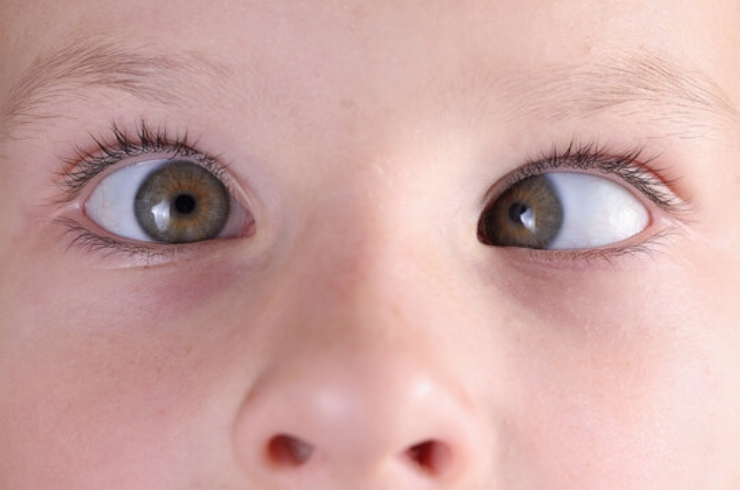
Squint, or strabismus, is a condition where the eyes are misaligned. Surgical correction improves vision, depth perception, and eye appearance, especially in children and young adults.
Squint surgeries not only improve eye alignment and appearance but also enhance binocular vision and overall visual comfort.